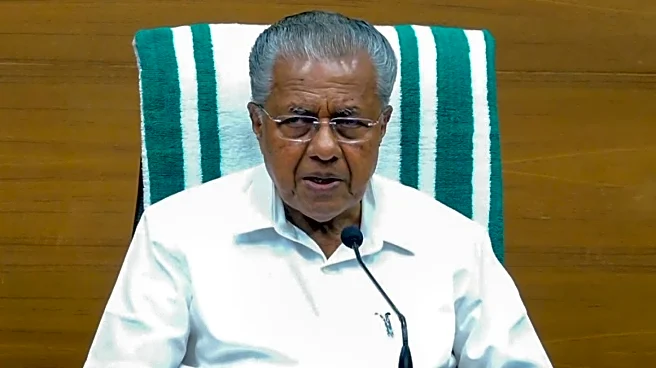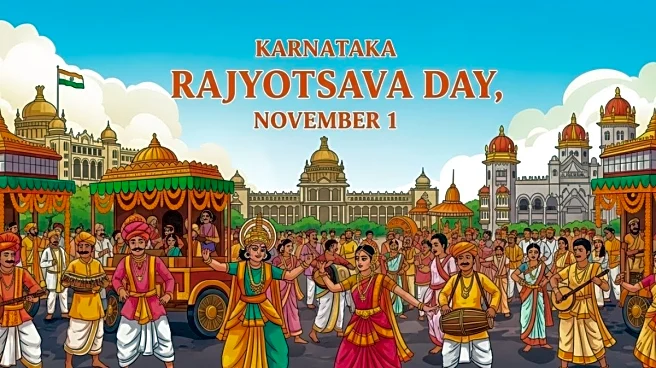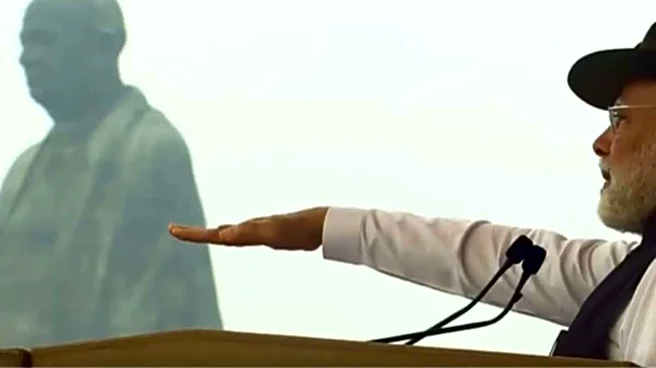Chief Minister Pinarayi Vijayan will formally declare Kerala as the first state in India to be entirely free from extreme poverty on November 1, a significant milestone coinciding with the state’s formation day, Kerala Piravi. The grand announcement, scheduled for a state-level function in Thiruvananthapuram, marks the culmination of the highly targeted Extreme Poverty Eradication Project (EPEP), a mission launched by the current LDF government in 2021. This achievement positions Kerala as a national and international model for achieving UN Sustainable Development Goal 1: “No Poverty”.
The declaration is founded on the results of an intensive, community-led, and data-driven process. A massive ground-level survey, conducted by the women’s network Kudumbashree in coordination with local self-government institutions, ASHA, and anganwadi workers, successfully identified 64,006 families living in severe deprivation. These families were assessed not merely on monetary metrics but on a multi-criteria index focusing on four key stress factors: food security, safe shelter, basic income, and health status. This methodology ensured that even the most invisible poor, who had previously fallen through the cracks of general welfare schemes, were accurately mapped.
Following the identification, the state implemented customised micro-plans for each family, a unique feature of the project. These micro-plans served as detailed rehabilitation blueprints, integrating various state and central schemes to provide holistic support. According to government data, this concerted effort resulted in the construction or renovation of over 10,944 houses and the provision of land to 439 landless families. Furthermore, targeted interventions ensured access to essential services, including livelihood support for thousands of families and medical aid, palliative care, and necessary ID documents for tens of thousands of individuals.
While the declaration is being celebrated as a historic victory, it is not without scrutiny. Distinguished economists and social activists have urged the government to release a transparent report detailing the methodology, questioning whether the figure of 64,006 families aligns with other official poverty data and ensuring the long-term sustainability of the upliftment. Nevertheless, the government maintains that the successful rehabilitation of the identified households through this participatory, micro-level approach has definitively fulfilled the target of the EPEP, making this a pivotal moment in India’s social development journey.



/images/ppid_a911dc6a-image-176189262567167117.webp)

/images/ppid_a911dc6a-image-176189786439336974.webp)






/images/ppid_a911dc6a-image-176180683493267147.webp)